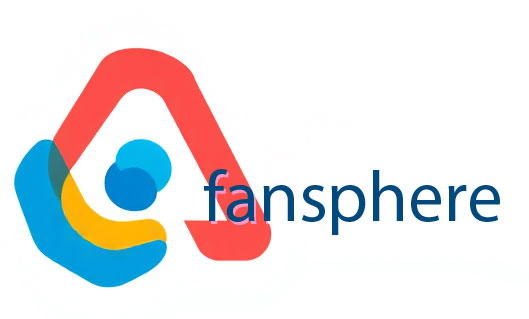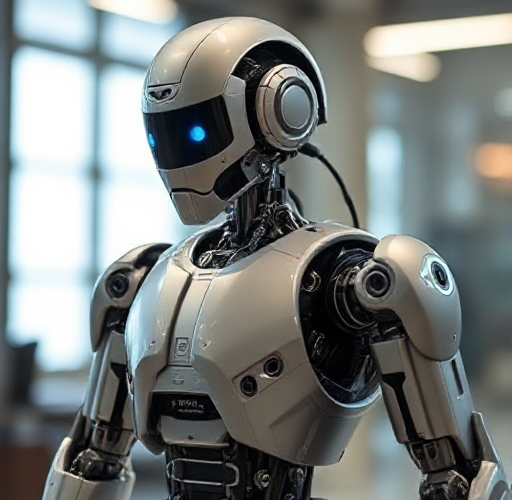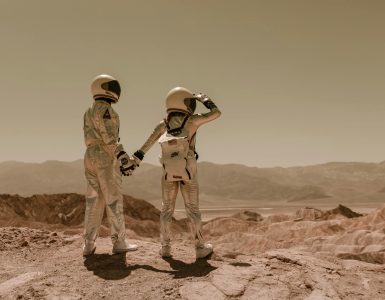But it’s not just about moving around. Think about how we express emotions through facial expressions or body language. Robots use sensors and cameras to read these cues, allowing them to respond appropriately. For example, if a robot sees you smiling, it might return that smile or perform a happy action, like doing a little jig. It’s like when a friend laughs at your joke; you feel encouraged to keep the laughter going!
The Advancements in Robotics and AI
Let’s dive into how robotics and AI are reshaping industries. In manufacturing, for instance, robots now handle everything from assembling cars to packing your favorite snacks. These machines don’t just boost productivity; they also minimize human error. Think of them as the tireless worker bees of the industrial world, buzzing efficiently to keep everything running smoothly. It’s almost like they have their own hive mentality, perfectly programmed to work together without the need for coffee breaks.
Now, let’s talk about the healthcare sector. With AI and robotics taking on roles in surgery and patient care, we’re witnessing miracles every day. Imagine a robot precisely stitching wounds while AI analyzes patient data faster than any doctor could dream. It’s like having a superhero sidekick in the operating room, equipped with every piece of medical knowledge at its fingertips. This is not about replacing humans but enhancing their capabilities, allowing healthcare professionals to focus on what they do best—caring for patients.
And don’t forget about self-driving cars. Could there be anything cooler? These vehicles are designed to navigate the roads, making split-second decisions that can save lives. They’re like sophisticated tour guides, ensuring we reach our destination safely while minimizing traffic and emissions.
The Challenges in Achieving Realism
First off, let’s talk about perception. What looks real to one person might seem off to another. Imagine stepping into a virtual world that looks stunning, but the way characters move just feels a bit clunky. That disconnect can totally ruin the immersion. It’s like watching a movie where the special effects are on point, but the actors are delivering their lines like cardboard cutouts.
Then there’s the issue of detail. Crafting something that feels true to life requires a keen eye, often for minutiae that most people might overlook. The subtleties of light, shadow, and texture are paramount. If you’ve ever seen a painting that just doesn’t sit right, even if the colors are vibrant, you know what I mean. It’s like adding salt to a chocolate cake; too much can ruin the sweet goodness.
Another hurdle is the balance between creativity and authenticity. Striking that sweet spot where imagination meets real-world logic can be tough. Think of it this way: when you’re telling a story, if you go too far into fantasy, you might lose that relatable touch. On the flip side, if you stick too close to reality, you risk boring your audience. It’s a delicate dance that requires both skill and intuition.
Navigating these challenges can be daunting, but the rewards? Oh, they’re worth every ounce of effort!

























Add comment